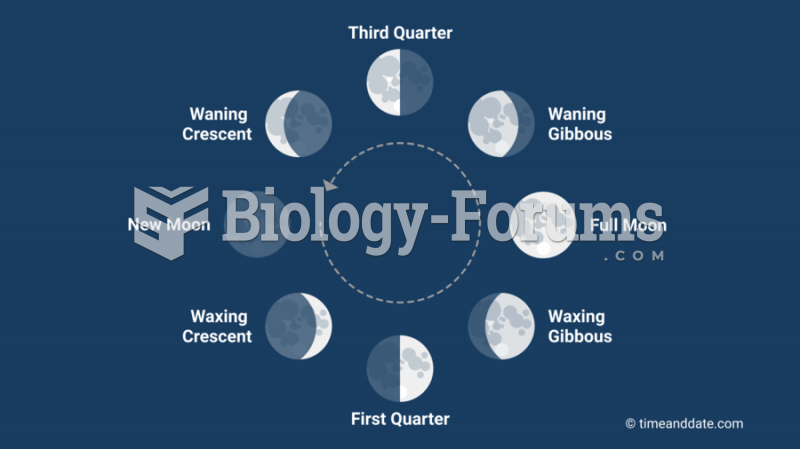Answer to Question 1
The chapter covered several ethical issues in advertising, and students can discuss any three of the following:
1 . Advertising is Untruthful and Deceptive. Deception occurs when an advertisement falsely represents a product, and consumers believe the false representation. While some advertising is deceptive, it would be naive to assume the most advertising is deceptive.
2 . Advertising is Manipulative. Critics claim that advertising has the power to influence people to do things they would not do if they were not exposed to advertising. However, people are aware that attempts are being made to persuade or influence them, and they have the cognitive capacity to resist efforts to motivate them in a direction they wish not to be moved. However, communicators can influence consumers.
3 . Advertising is Offensive and in Bad Taste. Critics contend that advertisements sometimes are insulting to human intelligence, vulgar, and generally offensive to the tastes of many consumers.
4 . Advertising Creates and Perpetuates Stereotypes. Critics claim that advertising tends to portray certain groups in a very narrow and predictable fashion. While advertising may be guilty of perpetuating stereotypes, it would be unfair to blame advertising for creating these stereotypes, which, in fact, are perpetuated by all elements of society.
5 . People Buy Things They Do Not Really Need. Advertising may influence consumer tastes and encourages them to undertake purchases they may not otherwise make, but this criticism is a value-laden judgement because who is to say what anyone else needs?
6 . Advertising Plays on People's Fears and Insecurities. Some advertisements appeal to the negative consequences of not buying and using certain products, and certainly some advertising attempts to influence consumer behavior by appealing to negative emotions.
Answer to Question 2
Several methods or options exist, including (1) reporting missing information as a separate category, (2) eliminating the case with missing information from all analyses, (3) eliminating the case with missing information from only analyses using variables with missing information, (4) substituting values for the missing items, and (5) contacting the respondent again. The fifth option, contacting the respondent again, is the best way to get the data in the respondent's own words but might not be the most viable, especially if the data were provided anonymously. The four remaining options have pros and cons but be reminded, if data is harder to get, eliminating data collected becomes more difficult to justify.







